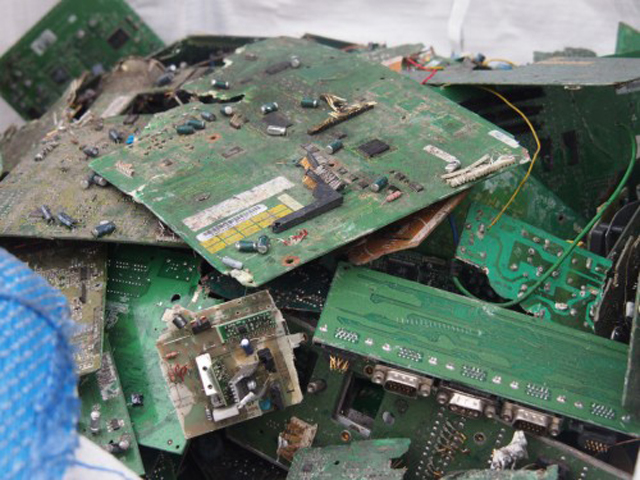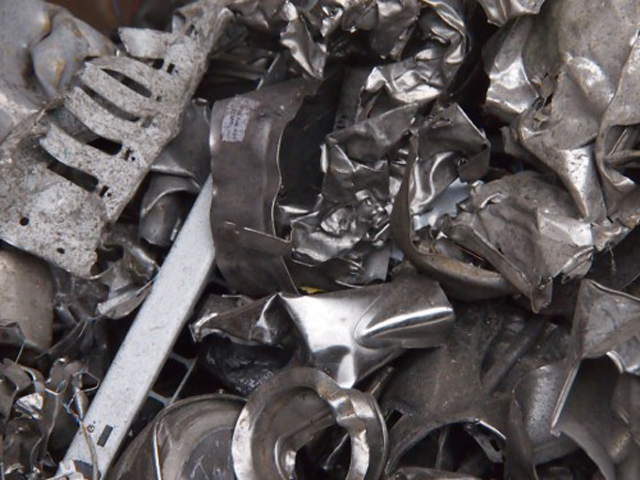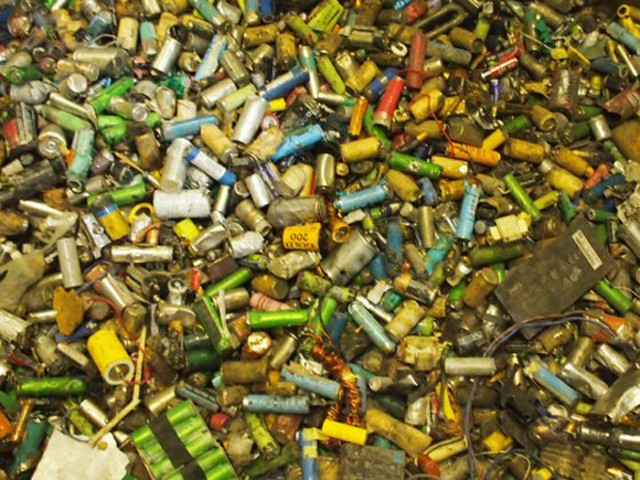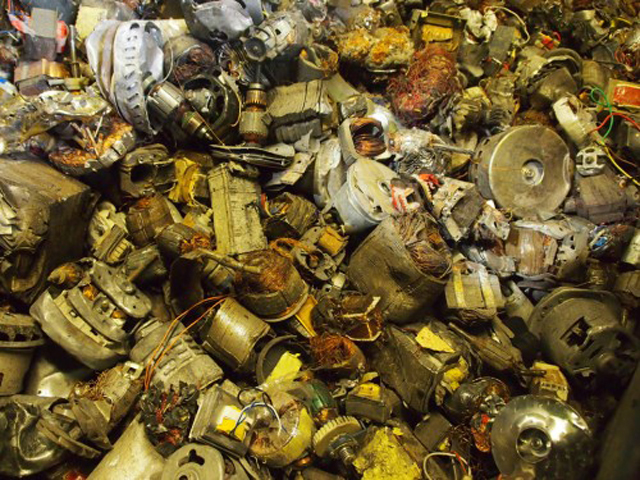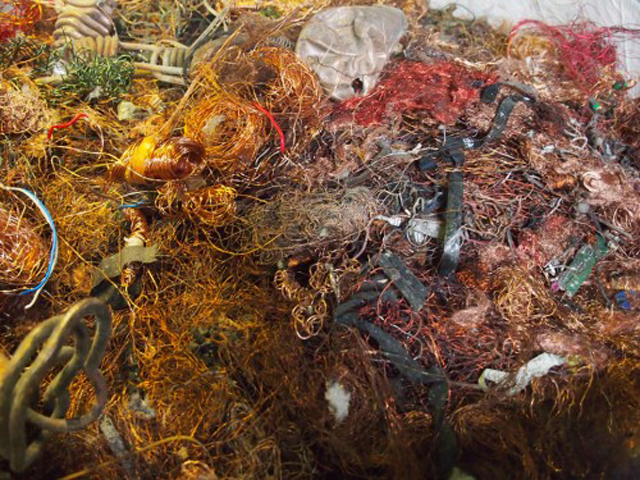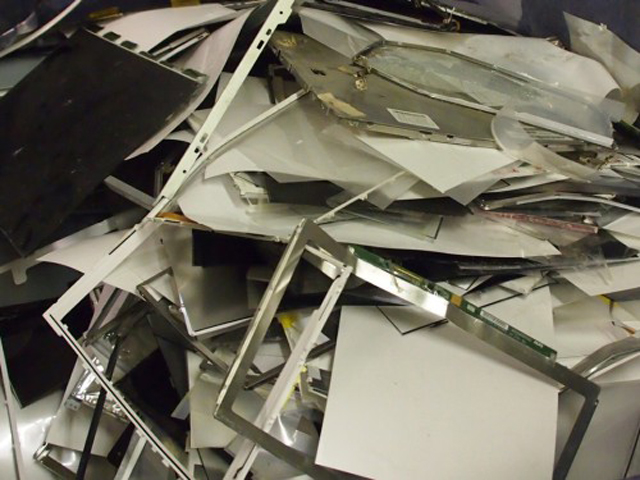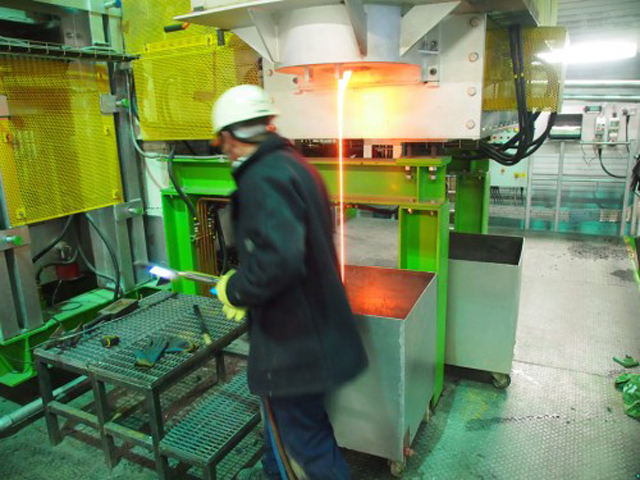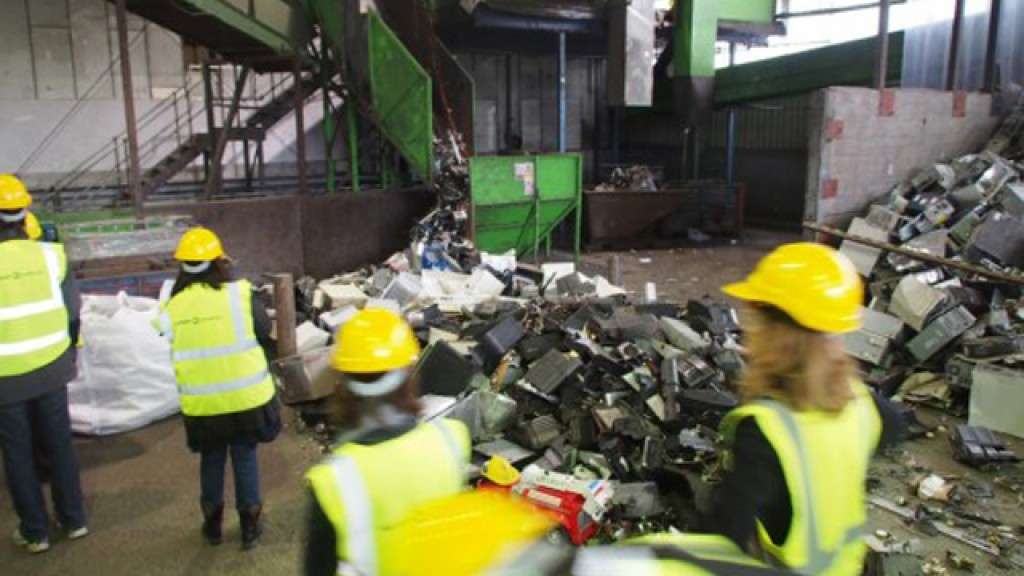
This blog was first posted on November 20th by Robert Beagley-Brown on the Designosaur blog.
We are getting used to the idea of recycling our newspapers, aluminium cans and plastic bottles now in the UK. In 2011/12, we recycled 43% of our household waste. Although this is more than ever before, the rate is levelling off. Perhaps we’ve done the easy bit and now we need to start recycling more of our old computers, mobile phones and toasters etc.
This isn’t so simple for the householder because councils rarely collect such items. Instead you have to take them to your council’s “Reuse and Recycling Centre“, Freecycle them (if they’re still working) or some retailers also take them. It’s also not so easy for the recyclers – firstly because electrical products normally contain hundreds of different components and materials, bonded or fixed together. Secondly because they often contain hazardous materials which need to be separated out.
On 16th November I attended a workshop in Kent – part of Royal Society of Arts‘ The Great Recovery programme. I’d never been to a recycling plant forWaste Electrical and Electronic Equipment (WEEE) before and I wanted to see what might happen to my old iPod.
SWEEEP Kuusakoski in Sittingbourne is “One of the UK’s leading dedicated WEEE processing facilities”. For 5 years it’s been collecting our old computers, toasters, TVs, fridges etc., separating the materials out and selling them on to make new products. In 2012 it was named ‘Recycling Business of the Year’ and it’s entirely powered by wind and solar energy.
The fastest and cheapest way to disassemble old electrical products is to chop them into tiny bits. There are then various ways of separating the materials out, including electromagnets, floating off materials in different density liquids, eddy current separators and centrifuges. You don’t do this if, like a laptop or TV, the product contains mercury as this will be immediately released as a poisonous gas. At SWEEEP, products with batteries are also not chopped up so that the batteries can be separated and recycled.
PCBs separated out
Recovered Metal
Recovered Batteries
Recovered wire coils from motors and transformers
Copper wire – £3500 a tonne!
LCD laptop screens – disassembled by hand to remove hazardous materials
One of the most cutting edge operations at SWEEEP is their new machine which can remove lead from the glass in old TV screens. Incredibly, one TV can contain a whole kilogram of lead.
New machine at SWEEEP to remove lead from TV glass
Materials like lead and copper are increasing very quickly in value, so there’s more commercial incentive than ever to recycle electrical. Copper prices have tripled in the last three years. Whilst aluminium goes for about £600/ton, you can now get something like £3500/ton for copper.
One of the conclusion I drew from the day was that, for the product designer and manufacturer, the avoidance of using hazardous materials is really important. Firstly because it makes the product much easier to disassemble (by shredding) and secondly because the materials are much easier to process. Not all WEEE ends up in responsible, mechanised centres like SWEEEP. More often it is exported to places like China and India where it is taken apart by hand by un-protected workers who are directly exposed to the hazardous materials. This is one reason to process the UK’s waste in the UK. Another, as championed by The Great Recovery programme, is to keep the value of the materials in our economy and reduce our dependence on mining and importing new materials. In other words, having a ‘circular economy’where materials go round in continuous cycles.
We need more SWEEEPs. We also need less WEEE, but that’s another story.
Source for metal prices:http://www.greengatemetals.co.uk/scrapmetal/prices/
Source for recycling stats:http://www.defra.gov.uk/statistics/environment/waste/wrfg23-wrmsannual/

